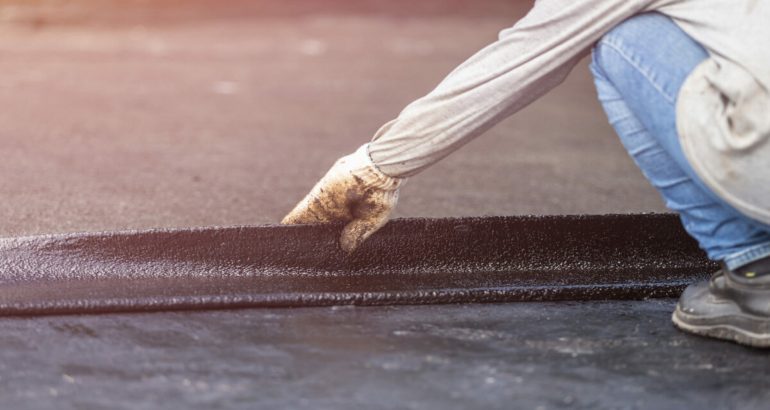
Flat roofs are often associated with commercial and industrial structures. Intended to maximize the amount of available internal space, they have become commonplace throughout many industries. It is still a fact that even the most durable flat roofs will need to be repaired from time to time.
What is the best type of material to employ and what types of structural benefits does it have to offer? If you are planning to contact a professional in the near future, these are important questions to address.
FELT ROOFING
This is by far the most common material employed to protect flat roofs from the elements. There are several benefits associated with felt. First, it is lightweight and very easy to install due to the fact that it is supplied in rolls.
This material is also known as tar paper, so it offers excellent waterproofing benefits. It can be quickly cut to size and nearly any dimensions imaginable are able to be accommodated.
THE APPLICATION PROCESS AND THE ASSOCIATED BENEFITS
The majority of flat roofing specialists will install multiple layers of felt; as many as three. Once the sheet has been cut to the appropriate dimensions, it will be affixed into place with the help of a portable blowtorch. The primary reason why flat roofs employ multiple layers of felt is to provide them with a superior barrier against exterior moisture.
Another interesting advantage of this option is that repairs are relatively simple. In the event that a crack or fault is observed, it can be covered with a simple felt patch. Thus, felt is a very cost-effective solution from a long-term point of view.
It should nonetheless be mentioned that any type of felt layer needs to be installed by a trained professional. This is when the experts at Able roofing are here to help. If you require a repair or should the entire roof need to be addressed, we are only a phone call away. Please give us a call to learn more.




